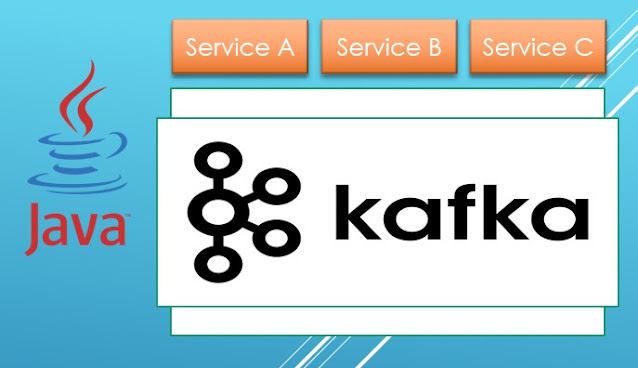Some Must Read RFC - A List Of Technical Documentation Behind The Internet Technology
 |
| Some Must Read RFC |
If you are a software engineer or some IT related job, you must already know about the RFC or Request for comment. It is kind of a non formal standard for internet related things. The most popular I guess is HTTP (hypertext transfer protocol).
The RFC for HTTP alone has been aged 26 years (1995), but it’s relatively new. The first Rfc is from 1969, was issued by Steve Crocker. The first RFC 1 defined the “IMP software” used in the communication between hosts on the ARPAnet, a predecessor of the internet.
There’s so many RFCs, almost 10000 in number, so if you want to read some important or mostly known RFC, here’s my pick and list some of RFCs that are maybe the most well known.
- RFC 2324 - Hyper Text Coffee Pot Control Protocol (HTCPCP/1.0)
- RFC 3629 about UTF-8, a transformation format of ISO 10646
Who doesn’t know about UTF-8, yes probably nobody, everyone knows it. This RFC standardised how UTF-8 must be implemented.
- RFC 2246 about Transfer Layer Security
Every website on the internet requires HTTPS nowadays, this standard is talking about this topic. A protocol that allows client/server applications to communicate in a way that is designed to prevent eavesdropping, tampering, or message forgery.
- RFC 1606 - A Historical Perspective On The Usage Of IP Version 9- RFC: 791 - Internet Protocol v4
IP address stands for internet protocol address; it is an identifying number that is associated with a specific computer or computer. The technical details behind this can be read from this RFC.
- RFC 793 - TRANSMISSION CONTROL PROTOCOL
One of the main protocols of the Internet protocol suite that every person in the IT industry must know about.
- RFC 4634 - US Secure Hash Algorithms (SHA and HMAC-SHA)
Sha 256 is very well known secure hash algorithm that have been use in cryptocurrency like Bitcoin, and of course for Password hashing
- RFC 3339 about Date and Time on the Internet: Timestamps
- Series of RFC about DNS : RFC 1034, RFC 1035, RFC 2606, RFC 7871
- RFC 1945 - Hypertext Transfer Protocol -- HTTP/1.0
Although HTTP 1.1 is the widely used protocol or even HTTP 2.0, it is much easier to understand about HTTP from RFC number 1945.
- RFC 1321 - MD5
A hash function that producing a 128-bit hash value
- RFC 2663 - Network address translation
RFC is not like an archived kind of thing, there’s still a new RFC on works and improvised of the previous RFC. You can see every new RFC here from the official website https://www.rfc-editor.org/rfc-index.html.
There’s a wikipedia page here https://en.wikipedia.org/wiki/List_of_RFCs#Topical_list, it is a cool categorization of all RFCs that you can use to browse the RFC by keyword, you can better find the RFC topic you want to read, it’s much more useful than the official web.
For me reading every documentation on some RFC is somehow difficult to understand yet it’s intriguing and captivates my mind to learn deep about how the technical behind technology the Internet works. Some RFC is completely obsolete, or being replaced by another, some are still used and improvised.
RFC is not only about HTTP though, there's a bunch of internet related things that come out of RFC. Here I created a list of Rfc that i feel like i need to widen my view in software engineer or IT field in general.
RFCs have become the open standards that drive the development of the Internet. The process is much more formal, of course, with the RFC Editor formally charged with overseeing the publishing of the RFCs. As per this article published, The latest RFC is RFC number 9038 about Extensible Provisioning Protocol (EPP) Unhandled Namespaces.


